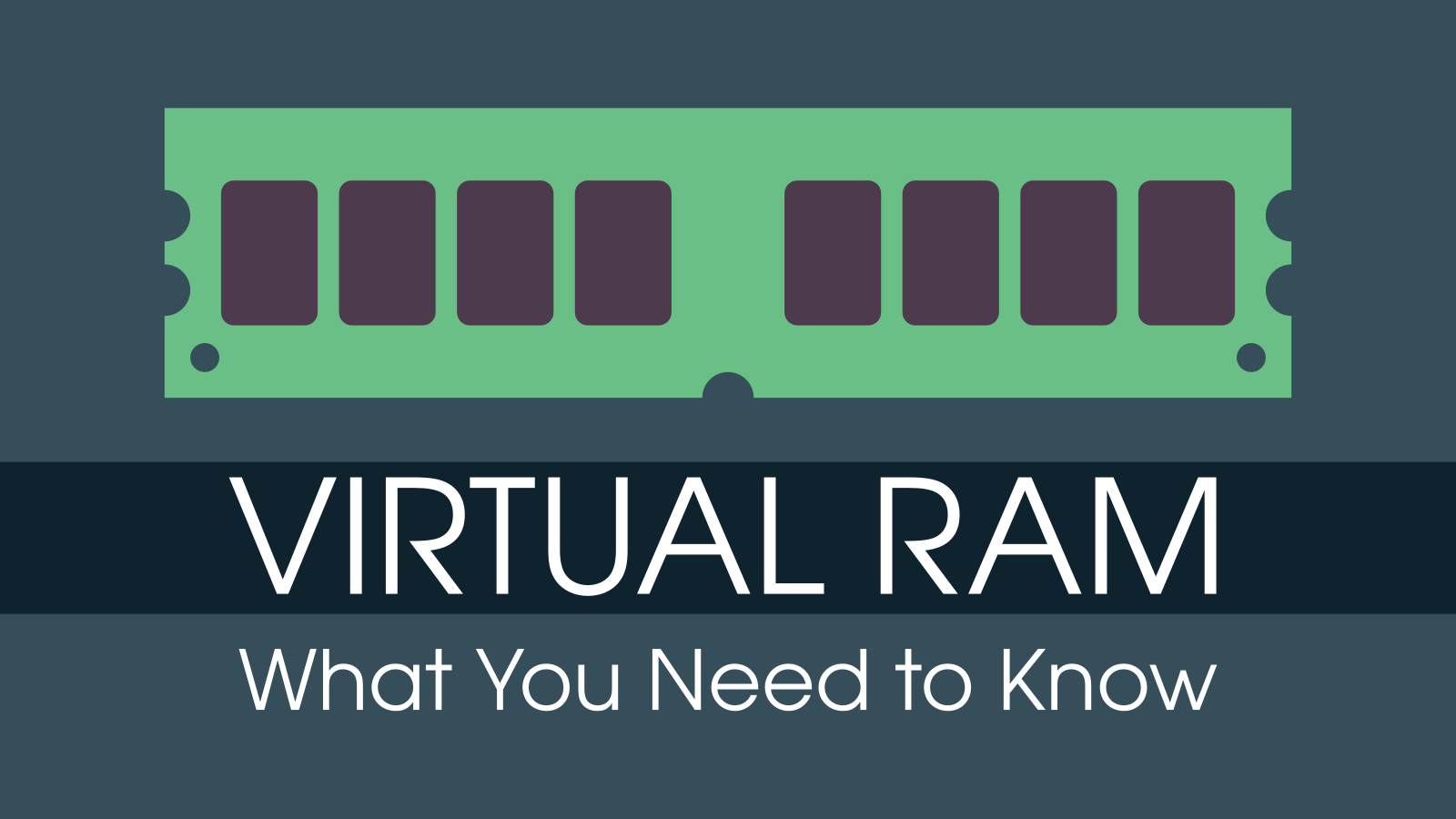Virtual RAM technology has been quite popular in smartphones released in recent years. Different terms like extended RAM, memory fusion technology, dynamic RAM, rapid memory and so on are being used by the brands to refer to essentially this same technology, virtual RAM, where the idea is to use a part of the storage as RAM.
Read this article in Bangla: ভার্চুয়াল র্যাম: স্মার্টফোন কেনার আগে যেটুকু জানা প্রয়োজন
The idea of virtual RAM is not very new. If you have been using internet since a long ago, you might have come across tutorials to increase RAM in smartphone. But it wasn’t really simple then, as it required to have root access. But now in many smartphones, it’s just a matter of one toggle. But the question is whether it is of any use in real life?
If you want to decide your next smartphone wisely, you should have the basic ideas, so you may not be misled. And basic ideas are what we want to share here- therefore, We won’t dive deep into the technical discussions.
RAM (Random Access Memory) is a type of primary memory from where CPU can access directly. Storage is however a type of secondary memory and for CPU to access information from storage, first the information has to be transferred to a primary memory.
Virtual RAM is a combined technology of software and hardware. It allows to use a portion of storage like RAM, what is being referred to virtual RAM. When the device does not have enough space available in physical RAM, it would temporary transfer some lower priority processes to virtual RAM in a method called swapping. And then for CPU to access information, there is another method involved named as address translation.
A physical RAM has a very fast read and write speed, where smartphone storage regardless of their type cannot come even close. So, If you have a device with 4 GB RAM and 128 GB storage- and you set 4 GB of your storage as virtual RAM, effectively now you have a device with 4 GB faster physical RAM, 4 GB slower virtual RAM and 124 GB storage.
Virtual RAM is not a replacement of physical RAM, as it is much slower and there may be delays due to swapping and address translation. As a result, where smartphones with 3 GB physical RAM can run regular Android, smartphones with 2 GB physical RAM and 2 GB virtual RAM would come with lightweight Go edition.
But I am not saying virtual RAM doesn’t have any advantages at all, it’s just not nearly as good as physical RAM. In some circumstances, virtual RAM can make a noticeable performance difference.
In Linux systems, virtual RAM technology is commonly referred as swap memory, and use of it has very popular since long. In my experience our old family desktop with 2 GB RAM did show a significant performance improvement with addition of another 2 GB swap memory. But, an actual 4 GB RAM performs just much better. However, with more physical RAM, the effect of virtual RAM becomes less apparent.
So finally, virtual RAM has some advantage, but it is not an alternative to physical RAM. Needless to say. marketing gimmick is one of the main objectives of introducing this tech. The end users should focus on physical RAM and not virtual RAM when making a buying decision. And from the smartphone companies, adopting this technology is completely fine, but the marketing should be clear and not misleading.
Learn more about Memory:

